How to Avoid Frequent Flats: A Comprehensive Guide
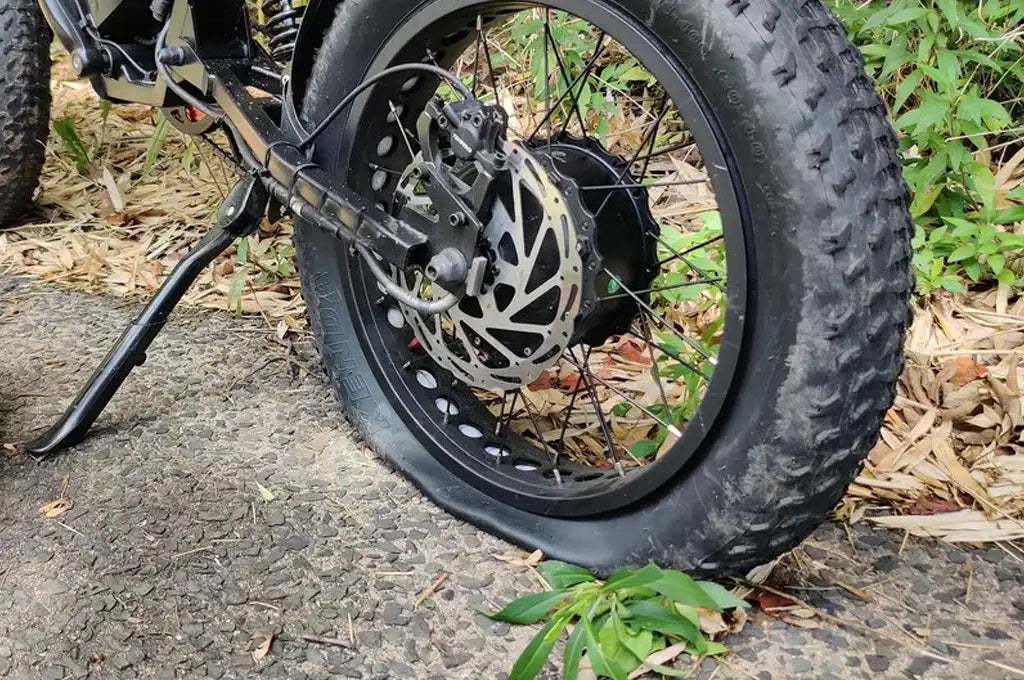
Flat tires are one of the most frustrating issues faced by cyclists. It can leave you stranded on the roadside, wrestling with a spare tire under the sweltering sun or the biting cold. Fortunately, many flats are preventable with a proactive approach to tire maintenance and awareness. This guide empowers you to take charge of your tires and minimize the likelihood of encountering flats.
Understand the Common Causes of Flats
Before we delve into prevention strategies, it's essential to understand the common causes of flats:
Penetrations
Punctures occur when sharp objects like glass, nails, or thorns penetrate your tire. These small but damaging items can create holes that lead to air loss and a flat tire.

Underinflation
An underinflated tire flexes more than it should, increasing the likelihood of sidewall damage from hitting potholes or curbs. This excessive flexing can also cause the tire to overheat, leading to tread separation and ultimately a flat.
Overinflation
Although less common than underinflation, overinflation can also lead to flats. When a tire is overinflated, it becomes more rigid and less able to absorb impacts from road hazards, making it more susceptible to punctures. Additionally, overinflation can cause uneven tread wear and negatively impact handling.
Age and Wear
Over time, tires naturally degrade, losing their elasticity and becoming more prone to punctures and blowouts. As the rubber hardens, it becomes less flexible and less able to conform to road irregularities, making it more susceptible to damage.
Tips To Reduce Your Chances Of Flat Tires
By following these simple strategies, you can significantly reduce your chances of flats and keep yourself rolling:
Maintain Proper Tire Pressure
Your tires are your first line of defense against punctures. Check your tire pressure regularly using a reliable pressure gauge. Typically printed on the tire sidewall, the recommended pressure acts as your guide.
Maintaining proper inflation helps your tires absorb bumps and road hazards, reducing the risk of pinch flats and making them less susceptible to punctures from debris.
Avoid Trouble Spots

Sharp objects and rough terrain are the enemies of a smooth and enjoyable ride. This means avoiding areas littered with debris, such as broken glass, nails, or sharp stones.
Potholes and curbs can also pose significant risks to your tires. Riding over these obstacles at high speed can cause serious damage, leading to flats or even more severe issues with your bike's wheels and frame.
When you can't avoid rough terrain or sharp objects entirely, approach these areas with care. Slow down and try to pick a smoother path through the obstacle. This can help reduce the impact on your tires and lower the chance of punctures.
Regularly Clean Your Tires
Before setting off on your ride, take a moment to visually inspect your tires for any embedded objects like thorns, glass shards, or other debris. This quick and simple check can save you from a lot of trouble down the road, potentially preventing unexpected flats that could disrupt your journey.
To perform this inspection, first, spin each tire slowly while keeping an eye out for anything unusual. Look closely at the tread and sidewalls, paying particular attention to any small puncture hazards that might be lodged in the rubber. If you spot something, use a tire lever to carefully remove it. Be thorough but gentle, as you don't want to cause any additional damage to the tire.
Regular Tire Inspections and Timely Replacements
Regular inspection and timely replacement of your tires are your secret weapons in the war against roadside repairs. Over time, even the best tires will show signs of wear and tear, which can increase the likelihood of punctures and blowouts.
Make it a habit to routinely check your tires for any signs of damage. Look for cracks in the rubber, worn-down treads, and any visible deformities or bulges. These indicators suggest that your tires are nearing the end of their useful life and need attention. Worn treads, in particular, reduce your tire's grip on the road and make it more susceptible to punctures from sharp objects.
You may want to know: 5 Signs You Need To Change Your Ebike Tires
Upgrade to Puncture-Resistant Tires
Not all tires are created equal. If you're plagued by flats, consider switching to puncture-resistant tires. These tires often have a thicker tread or a layer of aramid fibers, which add strength and resist punctures from thorns, glass, and other sharp objects. While they might not be the lightest or fastest option, the trade-off for fewer flats is often worth it.
Schwalbe Marathon tires have garnered a strong reputation among cyclists. One avid rider reports zero flats over approximately 4000 miles with these tires, highlighting their effectiveness and durability.
Utilize Tire Sealant for Added Protection
Tire sealant is a liquid product injected into your inner tube. When a puncture occurs, the sealant coats the hole and helps to seal it, potentially preventing a complete flat tire. While not a foolproof solution, sealants can be a valuable tool, especially for longer rides.
One recommended product is FlatOut tire sealant. Many cyclists have found it to be reliable and effective in sealing punctures, making it a valuable tool in their biking toolkit.
Install Tire Liners
Tire liners are thin, lightweight liners that sit between your tire and inner tube. They act as an extra layer of defense, offering additional protection against punctures from sharp objects.
Though tire liners add a small amount of weight to your bike, the additional protection they offer can be invaluable, especially for riders who frequently encounter debris on their routes.
I found that installing Mr. Tuffy tire liners significantly enhanced my e-bike's resilience against punctures.
Final Thouthts
By following these simple strategies, you can significantly reduce your chances of getting a flat tire. Remember, a little preventative maintenance goes a long way in keeping you rolling and enjoying the ride!
Continue reading

The Safety Benefits of Using a Throttle on E-Bikes
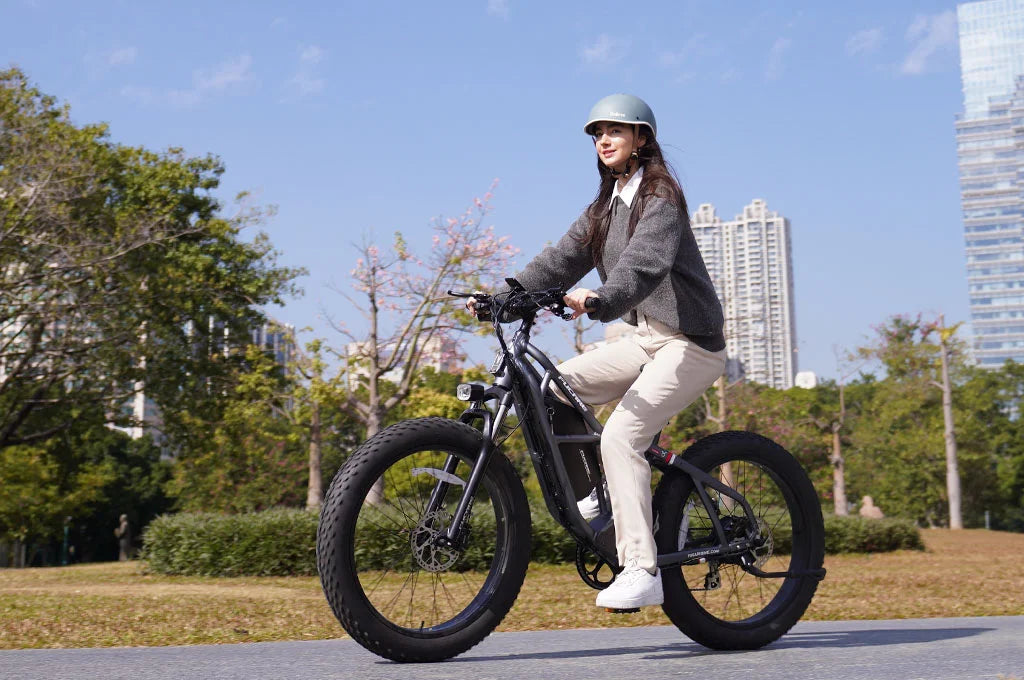





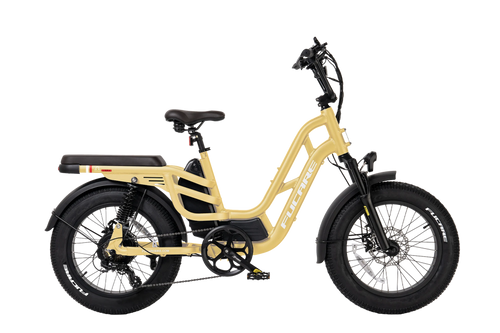
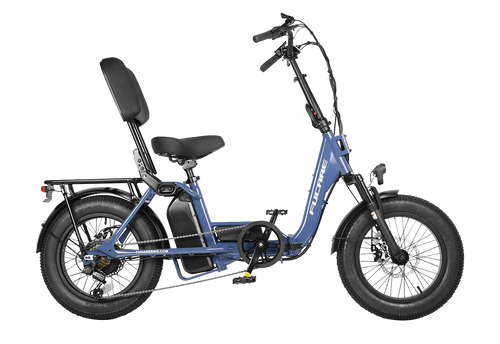
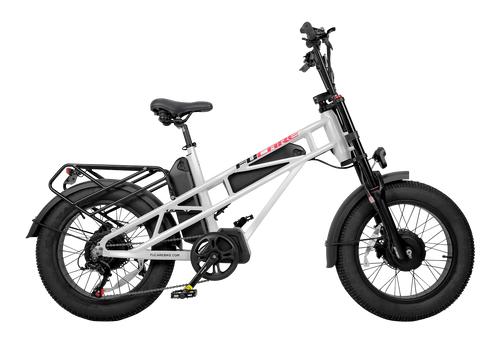
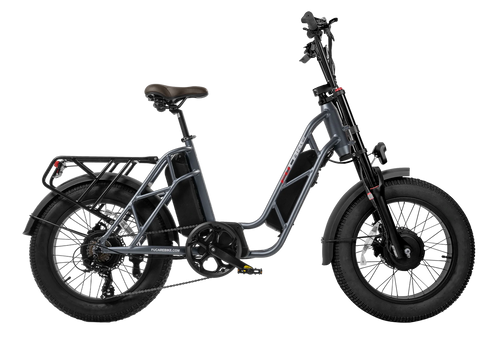
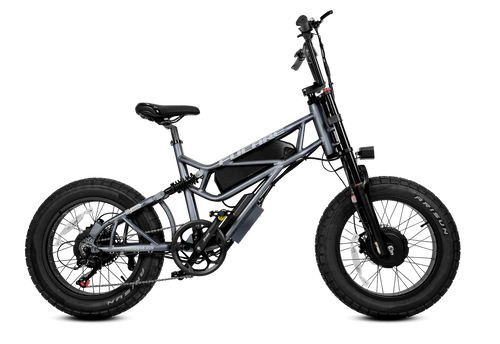


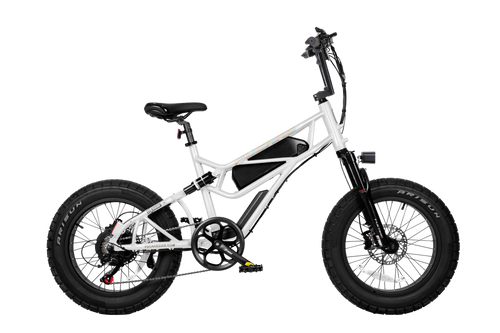



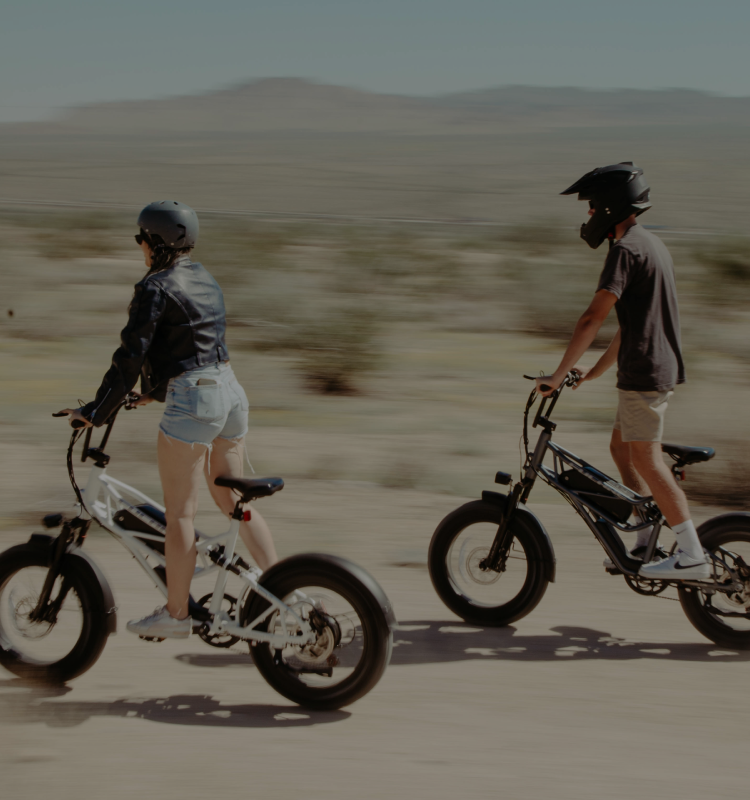
2 comments
Martin Benson
I own a Libra. What does a error mean? And how do I fix it?
I own a Libra. What does a error mean? And how do I fix it?
stéphane gauthier
mes freins font du bruit il sont peut etre trop serrer qu,es que je peut faire
mes freins font du bruit il sont peut etre trop serrer qu,es que je peut faire